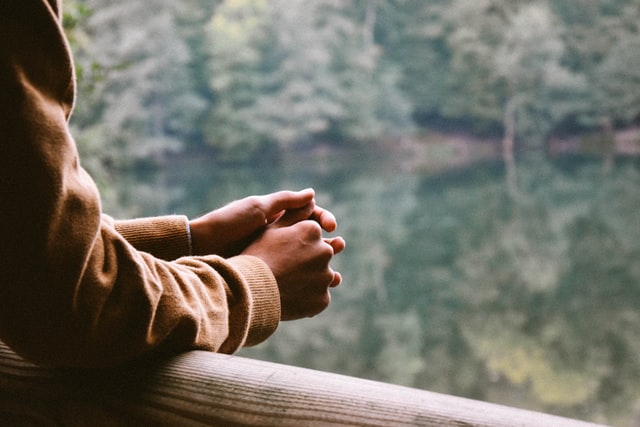Last month we talked about how you can look after your mental health at home. This month, we’re going to go a little more in depth and provide some helpful mindfulness techniques that have proved very useful amongst older residents, and younger family members alike! So sit back and relax as we share our top 3 mindfulness techniques for looking after your mental health.
What is mindfulness?
The mental health charity Mind describes Mindfulness as ‘a technique you can learn which involves making a special effort to notice what’s happening in the present moment (in your mind, body and surroundings).’ Put simply, it is the act of consciously choosing to be mindful in your thoughts and actions.
How can mindfulness help?
We notice that many older people suffer from bouts of anxiety, worry or depression. Mindfulness can, with some people, subdue racing thoughts and allow for a greater sense of calm and peace. Mindfulness can also help to keep the mind focussed and active; a valuable skill as one gets older. Mindfulness is an activity we can do at any age, and does not require great mobility, stamina or fitness.
The follow techniques have been successfully used to combat stress, anxiety, worry and depression in some individuals. However, every person is different so it’s important you find what works best for you.
3. Topical assistance
Some people find ice or heat helpful in easing joint pain. Invest in some ice packs, heat packs (that you can put into the microwave) and some on-the-go alternatives like Deep Heat and Deep Freeze gels.
Many people also find topical ibuprofen gels help reduce joint pain, but be sure to talk to a pharmacist or medical professional before using.
Mindfulness Technique 1 : Noticing
The first of our top 3 mindfulness techniques, this simple skill will help to refocus your mind. When our thoughts are racing and we are worrying, taking time out to actively notice can help calm ourselves. A noticing technique that we’ve found useful is to create a countdown with your senses:
- List 5 things that you see. Focus on small details or minutiae – things you wouldn’t normally take the time to notice.
- List 4 things that you can feel. Pay close attention to the sensations of different fabrics or furniture.
- List 3 things that you can hear. Focus on sounds you’re trained to block out – a clock ticking or traffic outside.
- List 2 things that you can smell. Can you smell your perfume or aftershave? Is there an air freshener working nearby?
- List 1 thing that you can taste. What does your mouth taste like now? Pop in a candy or mint and notice the difference.
By really focussing on the small details, we ground ourselves and allow our minds a chance to refocus and slow down.
Another useful noticing technique is picking a category and listing as many things you can think of. This is excellent for memory recall, too! For example, films with Doris Day – how many can you think of?
Mindfulness Technique 2 : Body relaxation
When we think of body relaxation we may think of a bubble bath or even a nap! In this mindfulness technique we consciously relax different areas of our body to notice the difference. Make sure you try this technique when a family member or carer is present for the first time and take care not to over-exert any muscle group.
- Lie or sit in a comfortable relaxed position
- Beginning with your toes, scrunch up your toes and then relax them. Do this twice on both feet.
- Moving up your body, tense your calf gently (you must be gentle here or you can cause cramp) and then release
- Repeat this moving up to the thighs, buttocks, abdomen, hands, arms, neck and eventually screwing up your face, then letting it relax.
- Pay attention to the different sensations between tension and relaxation.
Mindfulness Technique 3: Breathing
We all breathe! But we rarely consciously breathe. Although now I’ve drawn attention to it we’re sure you’re much more aware! Consciously breathing can help calm racing minds and as such calm our body’s stress responses too.
- Sit in a comfortable position, hands resting on thighs.
- Take a deep breath – in for 5 seconds.
- Hold for 5 seconds and release for 5 seconds.
- Repeat as needed.
- Trying to envisage a warm sun beam every time you breathe in.
- Should you get dizzy at any time, stop immediately and resume normal breathing.
These are our top 3 mindfulness techniques – but it’s important to work out what’s best for you! Take a look at Mind’s list of mindfulness exercises for a some more ideas!




